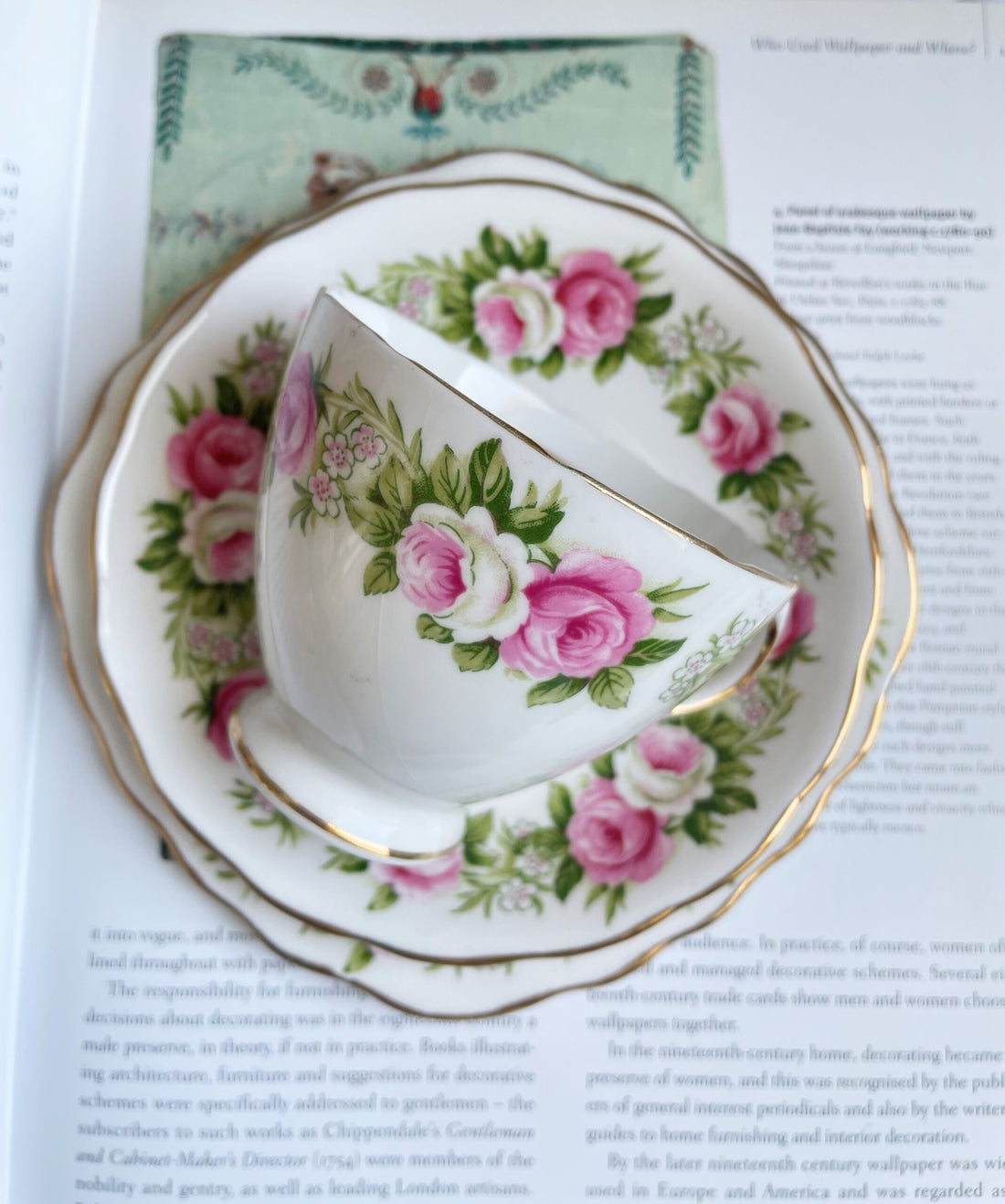Our china tea ware items have been lovingly collected, displayed or gently used by a previous owner, which gives each piece a special history. The condition descriptions below are all points that are commensurate with age and do not mean that items are damaged. Some conditions that commonly occurred during manufacturing process are considered acceptable and are not considered as damaged. As they say "old is gold" and our items are old.
We do not sell any items which are chipped, cracked or damaged
‘Excellent’ condition – will be almost like the day it was manufactured, flawless and have bright colours. The gold gilding will be intact.
‘Very Good’ condition – will have no obvious flaws and may have some light wear from occasional use: May have some firing spots.
‘Very Good Vintage' condition – will have aged gently, some slight wear to gold gilding, and/or paint colour. Some firing spots, may have some stray bits of paint. Some normal cutlery marks and wear.
'Good' condition – may have a few minor flaws and moderate wear from daily use.
Light wear – resulting from occasional use, for example a few scratches or some very light wear to the gold gilding.
Manufacturing faults – tiny blemishes only noticeable on close inspection, such as small dimples or a tiny piece of grit under glaze. These are all consistent with older pieces and confirm authenticity.
Minor surface wear – including scratches and glaze wear from daily use. Noticeable surface wear including scratches, glaze wear.
Surface scratches – up to half of the surface may be lightly scratched or there may be a few deep scratches
Manufacturing faults – minor but noticeable blemishes, such as small dimples or tiny pieces of grit under glaze (consistent with age). Items with crazing indicate that this piece is old. It is not cracked or damaged.
Firing spots – these are tiny little specks/dark spots which are from flying particles which become embedded in the china during firing in the kilns. Older kilns were fired on coal and it was common for particles to be flying around.
Crazing – is the fine crackling in the glaze (like webs of fine lines), usually in older pieces, and is not detectable when one rubs their fingernail over the crazing. Crazing happens during the firing process and it is when the glazing shrinks faster than the body. It is not damaged but a normal process that can happen over time and typically does not detract much from the value of the piece.
As antique and vintage items have been pre-owned it should be expected to have some minor signs of wear. This may also include some minor crazing on old bone china, such as bone china pieces from the Victorian period. The condition of each item will be explained in the item details under Condition. Some minor imperfections are also consistent with the date of manufacture, this includes tiny lumps in the glaze, grit under the glaze, firing spots, pitting, and imperfect or misaligned pattern, most of these are hardly noticeable All of these imperfections should be considered acceptable and are not considered to be ‘damaged’, they are simply part of the character of owning something unique and old! Vintage pieces can be anywhere from 50 years to 100 years and antiques even older!
Useful information
In the late 1800’s, kilns were fired on coal and this meant that china/porcelain from that period could have some firing specks from flying particles. Some well know manufacturers, rather than discard and waste these item, decided to pass them with the firing specks (spots) and still sell very high quality tea ware at a modest price. Wileman was one such manufacturer.

